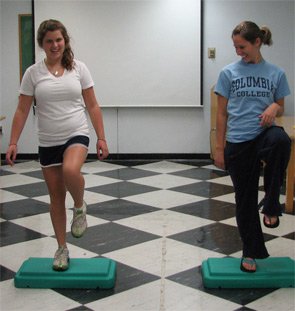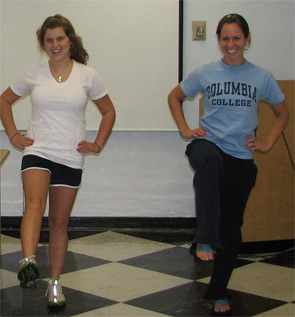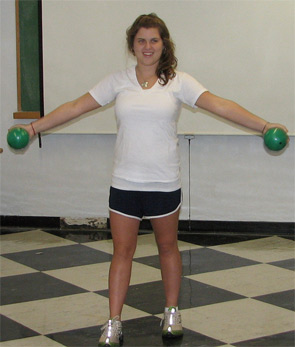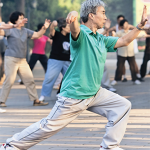Regular physical activity and exercise are necessary for optimal health and development in children. This is especially true for children with juvenile idiopathic arthritis (JIA), where joint swelling, pain, stiffness, and fatigue often result in a sedentary lifestyle and poor fitness. Despite remarkable advances in the pharmacological management of joint inflammation, many children with JIA—even those whose disease is well-controlled or in remission—have significant impairments of aerobic and anaerobic exercise capacity.1-3 Deficits may begin early in the disease course, continue into the adolescent and young adult years, and persist long after clinical remission. While daily energy expenditure in children with JIA appears to be similar to that of healthy children, their participation in vigorous physical activity and sports is considerably less. As a result they often fail to develop the strength, endurance, gross motor skills, and neuromuscular control that are necessary for safe and enjoyable participation in recreational sports. Children with mild arthritis who do play sports may get injured because they are poorly conditioned or have impaired neuromuscular function.4
What Exercises Are Best?
A growing body of literature suggests that a comprehensive physical conditioning regimen may be safe and beneficial for most children with JIA.3-6 The exercise medium (water or land) is less important than the intensity, duration, and frequency of the exercise sessions and the overall length of the program; a minimum of two 30 to 60 minute sessions of general conditioning each week for at least eight weeks is necessary to induce improvements in fitness and functional capacity.
When planning an exercise program for a child with arthritis, there are three main questions to consider:
- When should a child with arthritis be referred to physical therapy (PT) for an exercise regimen?
- What constitutes a safe and effective exercise prescription for a child with arthritis? and
- What is the most effective strategy to insure the child’s adherence to the exercise program?



I believe that children with JIA, especially those with polyarticular disease, should be referred to PT early in the disease course so that the therapist can examine the child’s aerobic and muscular exercise capacity; document any biomechanical impairment in joint mobility, alignment, or integrity; and establish functional goals that are important to the child or parents. (See Table 1, TK, for components of the PT examination.)


